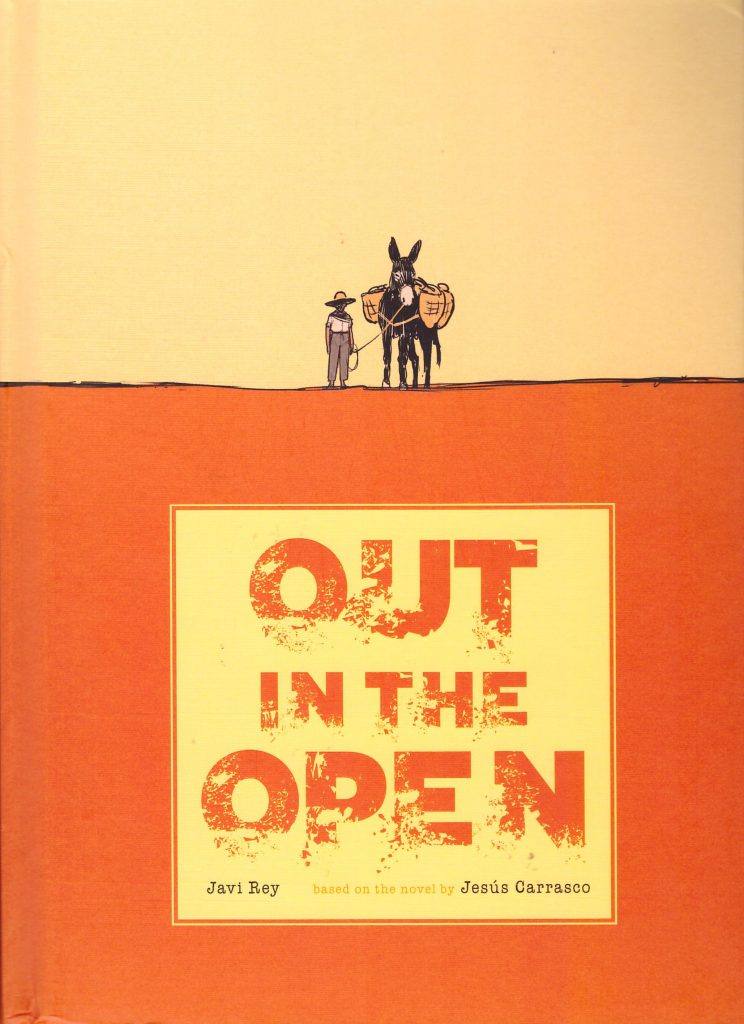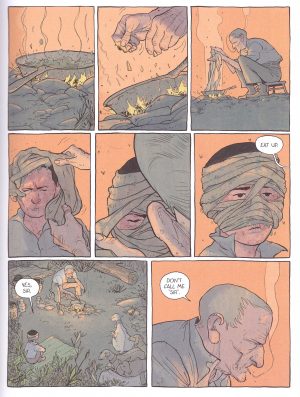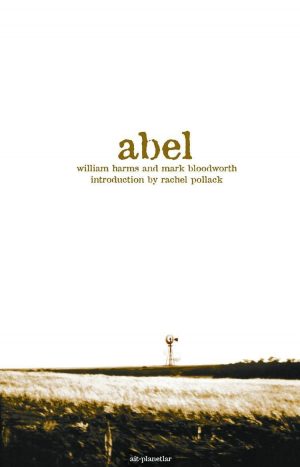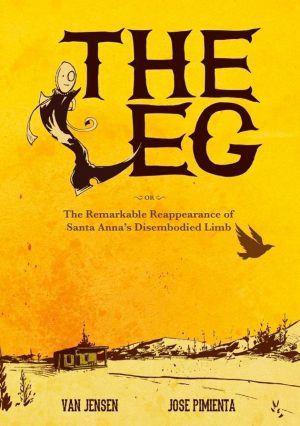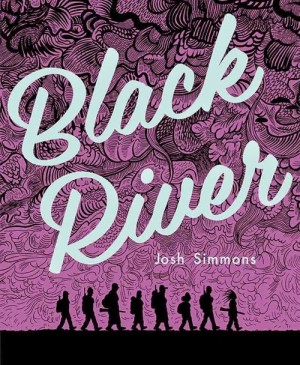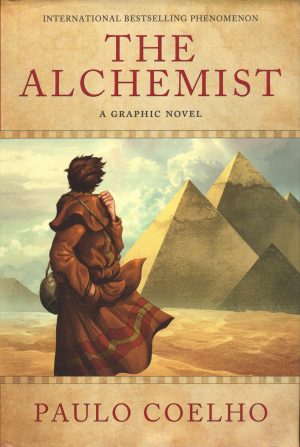Review by Ian Keogh
When a boy runs away from home every man in his local community searches for him, most ignorant of his reasons for doing so. We learn quickly that he’s an abused child, physically by his father and sexually by the local sheriff. In fleeing, the boy has acted on instinct, not planning for eating or drinking, nor for avoiding the searing sun in the open countryside during a time of drought, but evades the searchers and meets an old man travelling across the arid country with his dog, his donkey and his small herd of goats. Used to a solitary travelling life, the old man is surly and not very communicative, but humane enough to help a child in need, and while this never develops into a heartwarming tale of bonding, there’s a warmth to this central relationship.
In one sense Out in the Open is a strange choice of novel to transfer to comics. Jesús Carrasco deliberately kept much sparse and undefined. We don’t know where the story is set, or when. The sheriff has a motorcycle with sidecar attached, but without that detail it could as easily be the 19th century rather than the 20th. This is also an exclusively male world. Not only are women unseen, they’re never even mentioned. A lack of specifics means Javi Rey has to concentrate on a lot of small moments, so when the interludes of high drama occur their experience is emphasised. Simplicity is the key. Rey keeps his illustrations plain, and allied with an effective use of colour to reflect both emotional states and the prevailing conditions he uses the art to tell the story, with as few words as possible. Perhaps by way of further acknowledging Carrasco’s original work, a few quotes from it accompany evocative illustrations both opening events and transitioning between a traumatic scene and the following morning.
The central relationship between old man and young boy is the only definitive aspect, enabling much pondering about the remainder. There are no narrative captions, so people are known by their deeds, although the boy’s fearful dream sequences supply some of his background. The conditions, cruel violent interludes and eccentricity of the cast bring to mind Serge Leone Westerns, where mere survival is sometimes an essential theme, yet events flow more organically. There’s never a feeling of the story being plotted, just one of stepping into and out of a passage of events.
Carrasco’s original novel was widely acclaimed, and Rey’s stark adaptation is equally memorable, haunting and emotionally powerful.
